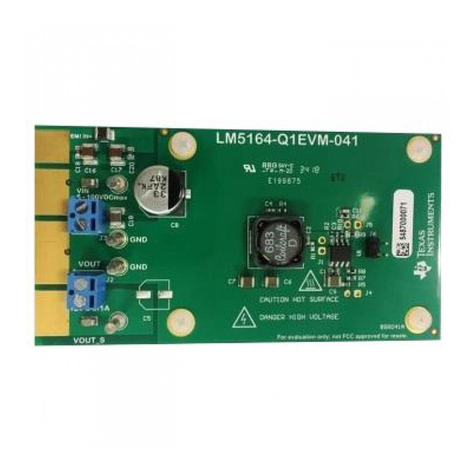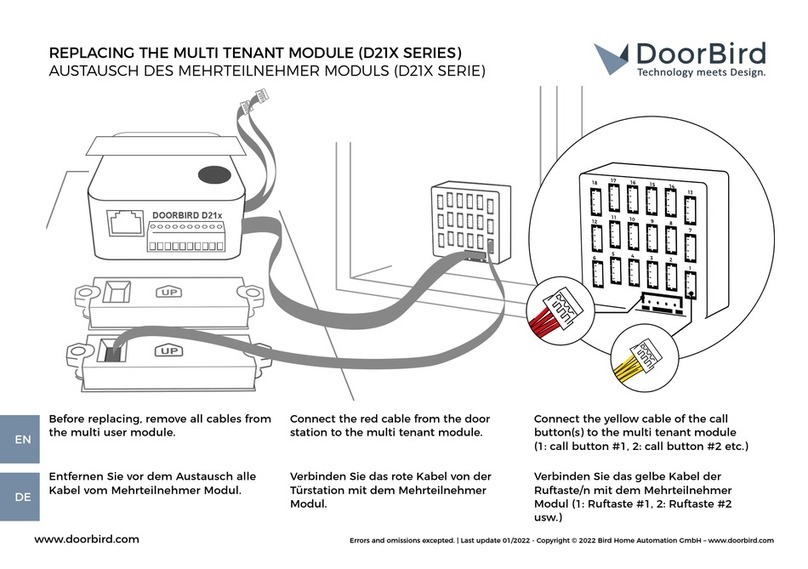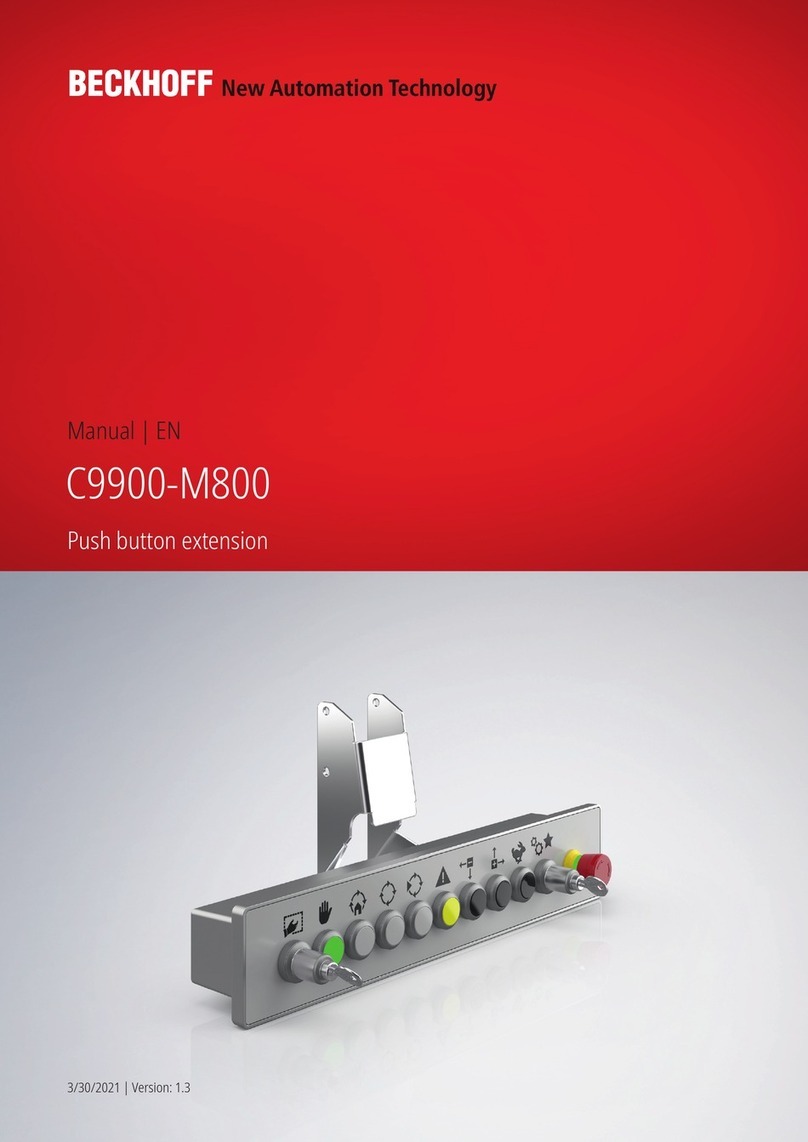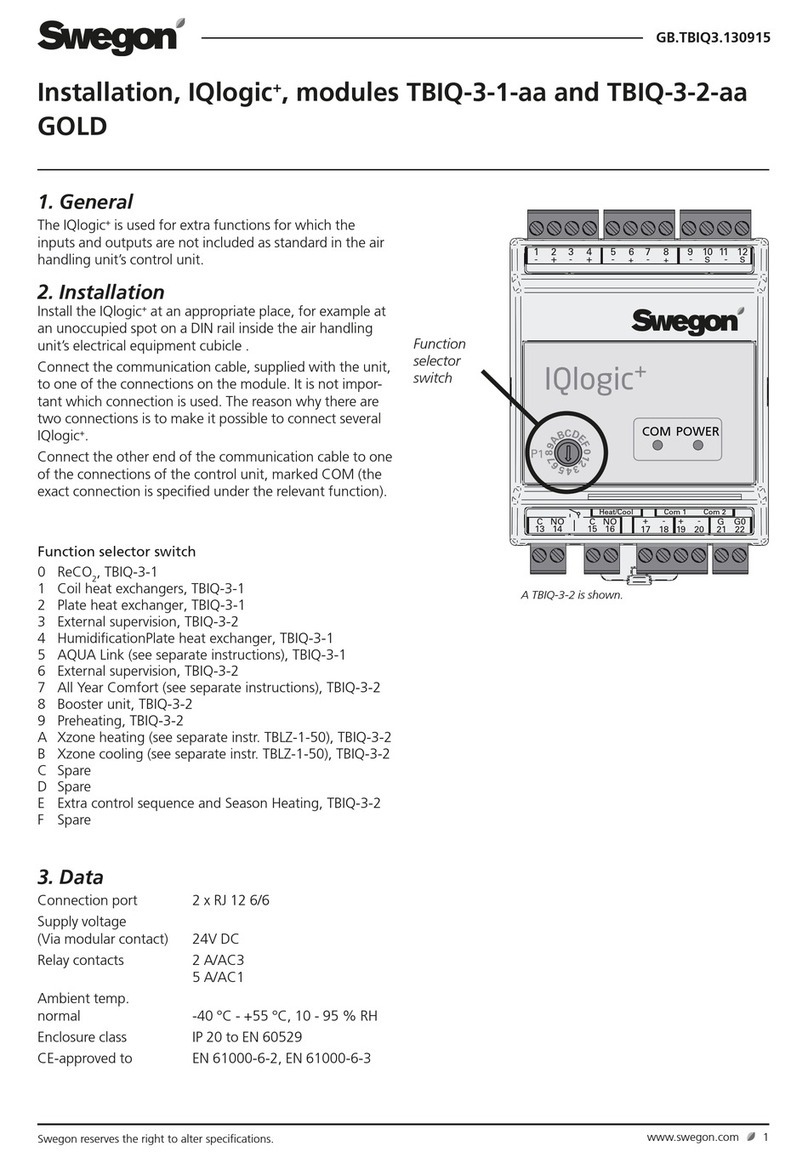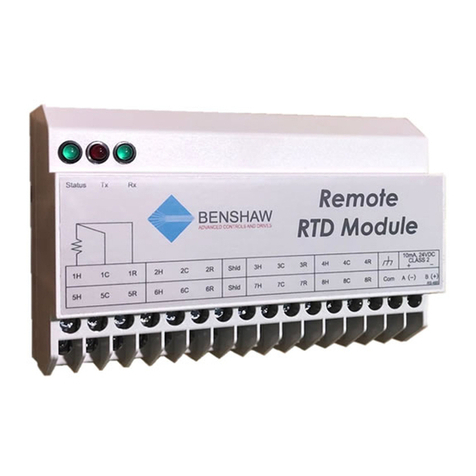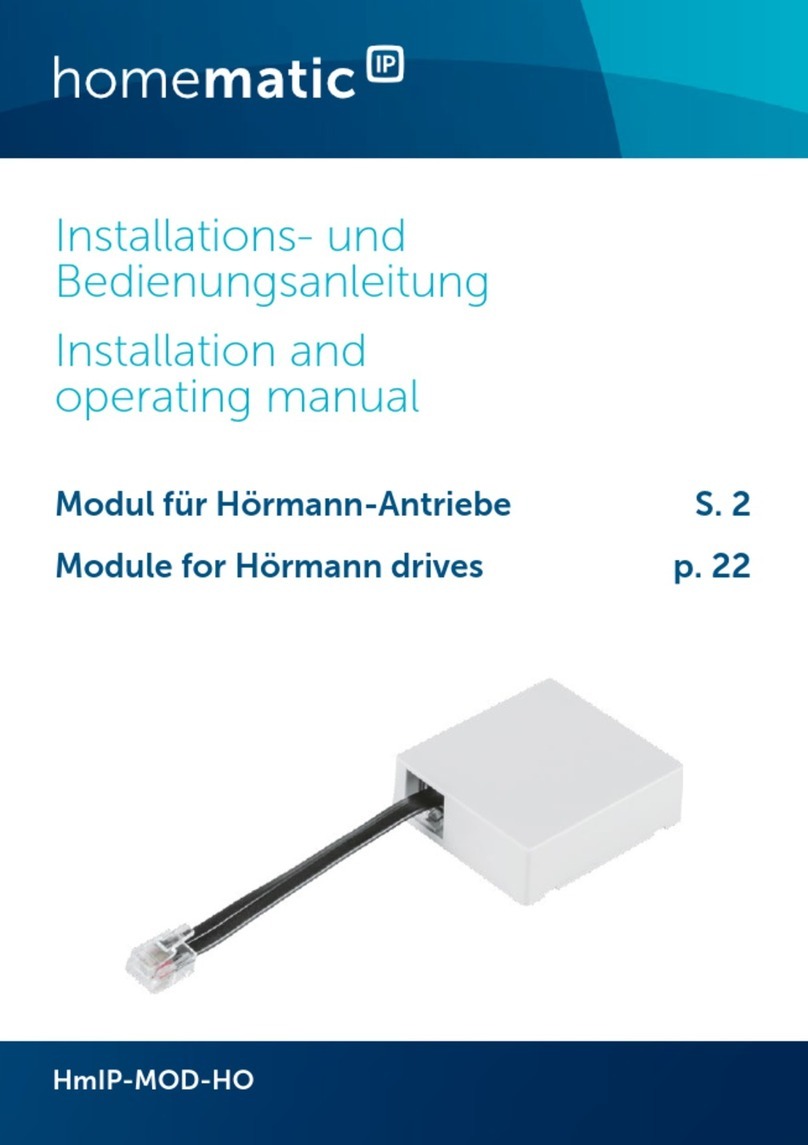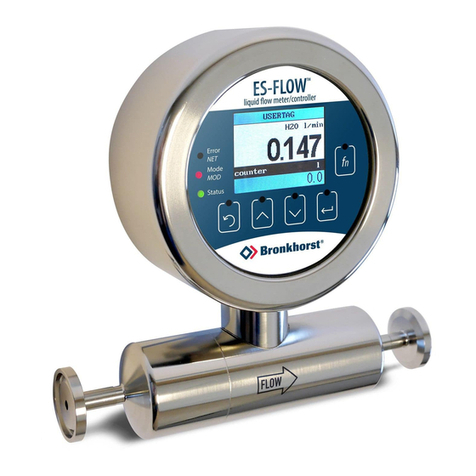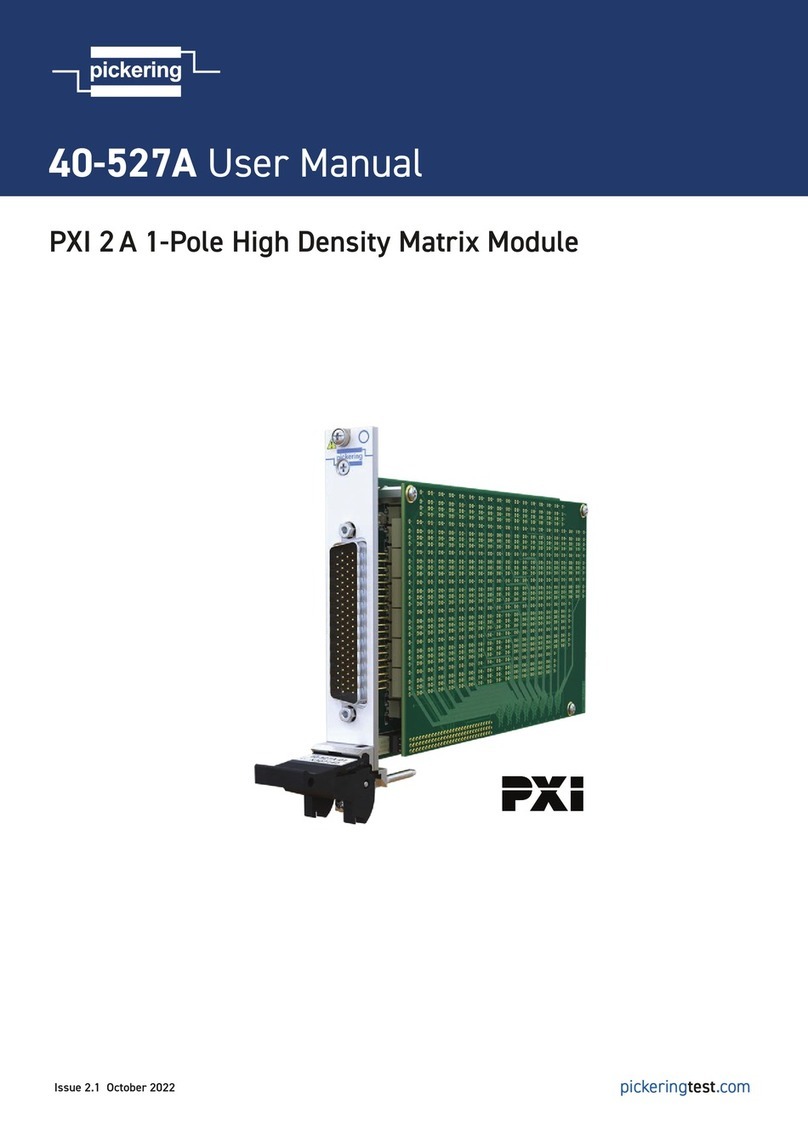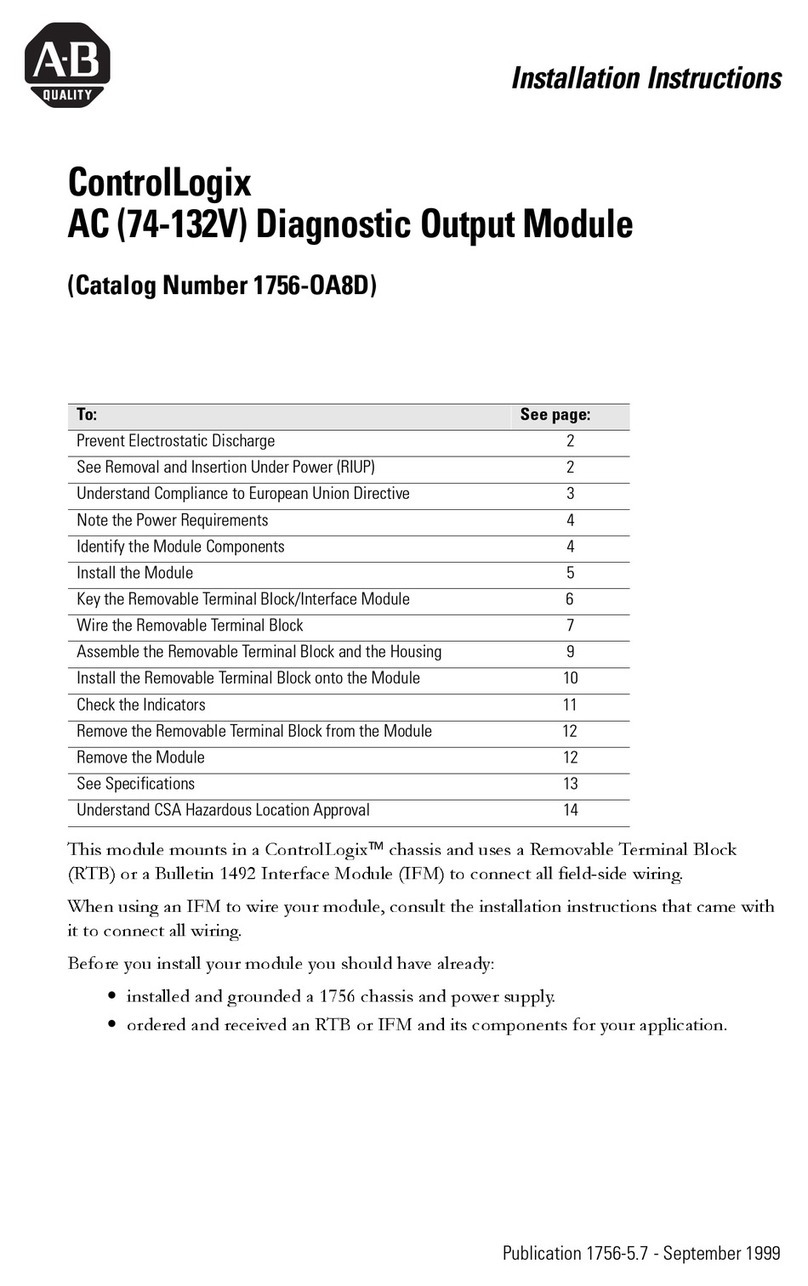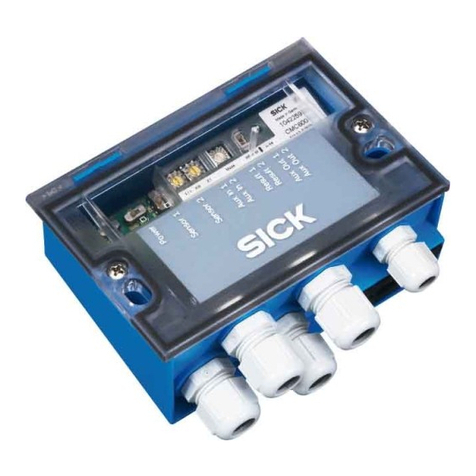evergreensolar Spruce Line ES-170 SL Setup guide

Valid from 1st April 2007 / IM_US_010407© 2007 Evergreen Solar, Inc.1 of 3
ELECTRICAL EQUIPMENT — CHECK WITH YOUR INSTALLER
Evergreen Solar Spruce Line photovoltaic (PV, solar electric) modules are designed to produce DC electrical energy from light.
This manual contains important safety, installation and operating information with which you should be familiar before using Evergreen Solar modules.
SPRUCE LINE™photovoltaic modules
Safety, Installation and Operation Manual
General Information
• All installation and safety instructions should be understood before
attempting to install, wire, operate and maintain the module.
• When installing, observe all local, regional, national and international
statutory regulations, guidelines, norms and code requirements.
• Installation or maintenance should only be performed by licensed and
qualified professionals.
• Modules produce voltage even when not connected to an electrical circuit or
load. Modules produce nearly full voltage when exposed to as little as 5% of full
sunlight, and both electrical current and power increase with light intensity.
• Modules can produce higher output than the rated specifications.
• Industry standard rated specifications are made at conditions of 1000W/m2
irradiance and 25°C (77ºF) solar cell temperature. Colder temperatures can
substantially increase voltage and power.
• Ensure that modules are only subjected to ambient temperatures in the
range -40 to +80°C (-40 to +176°F).
• Reflection from snow, water or other surfaces can increase light and
therefore increase both the current and power generated by the module.
• Do not artificially concentrate light on the module.
• Modules are intended for outdoors, land-based applications only. Modules
are not intended for use indoor use or application on moving vehicles of
any kind.
• Excluded applications also include, but are not limited to, installations
where modules come into contact with salt water or where likely to become
partially or wholly submerged in fresh or salt water, examples of which
include boats, docks and buoys.
• Use only equipment, connectors, wiring and support frames suitable for
use in a solar electric system.
• Follow all safety precautions of other used components.
Handling Safety
• Do not use the junction box to hold or transport the module.
• Do not stand or step on the module.
• Do not drop module or allow objects to fall on module.
• Do not damage or scratch the rear surface of the module.
• Avoid setting the module down hard on any surface, particularly when
placing it on a corner.
• Do not disassemble, modify or adapt the module or remove any part or
labeling installed by Evergreen Solar. Doing so will void the warranty.
• Do not drill holes in the frame or glass of the module. Doing so will void
the warranty.
• Do not apply paint or adhesive to the rear surface of the module.
• Never leave a module unsupported or unsecured.
• Modules are constructed with tempered glass, but must still be handled
with care.
• A module with broken glass or torn back-skin cannot be repaired and
must not be used since contact with any module surface or the frame can
produce electrical shock.
• Broken or damaged modules must be handled carefully and disposed of
properly. Broken glass can be sharp and cause injury if not handled with the
appropriate protective equipment.
• Work only under dry conditions, and use only dry tools. Do not handle modules
when they are wet unless wearing the appropriate protective equipment.
Installation Safety
• Keep children away from the system and modules when installing.
• Do not carry out installation work when there are strong winds.
• When installing modules above ground, avoid any possible falling or other
safety hazards by following appropriate safety practices and using required
safety equipment.
• Solar electric modules have no on/off switch. Modules can be rendered
inoperative only be removing them from light, or by fully covering their front
surface with an opaque material, or by working with modules face down on
a smooth, flat surface.
• When working with modules in light, follow all applicable regulation
regarding working with live electrical equipment.
• Do not touch electrical terminals or the ends of any wire while the module
is exposed to light or while installing the module.
• Do not wear metallic jewelry while performing mechanical or
electrical installation.
• Never open electrical connections or unplug connectors while the circuit
is under load.
• Contact with electrically active parts of the modules, such as terminals, can
result in burns, sparks and lethal shock whether the module is connected or
disconnected.
• Always use insulated tools and rubber gloves that are approved for working
on electrical installations.
Fire Safety
• Refer to your local authority for guidelines and requirements for building
or structural fire safety.
• The roof construction and installation may affect the fire safety of a building;
improper installation may contribute to hazards in the event of fire.
• For roof application, the modules should be mounted over a fire resistant
covering rated for the application.
• It may be necessary to use components such as earth ground fault circuit
breakers, fuses and circuit breakers.
• Do not use modules near equipment or locations where flammable gases can
be generated or can collect.
Electrical Installation
• Avoidallelectricalhazardswheninstalling,wiring,operatingandmaintaining
a module.
• If the total DC system voltage exceeds 100V, the system must be installed,
commissioned and maintained by a licensed electrician unless local
electrical codes determine otherwise.
• Contact with a DC voltage 30V or more is potentially hazardous.
• Do not use modules of different electrical or physical configurations in the
same system.

• The maximum open circuit voltage of the system must not be greater than
the specified maximum system voltage for the module.
• Module frames should be connected to an earth ground for safety and
protection from lightning.
• The module frame is provided with grounding holes that accommodate
self-tapping screws. A #10-32 stainless steel thread cutting screw is
recommended.
• All Evergreen Solar modules are equipped with factory-installed wires and
quick connectors. Modules have been designed to be easily interconnected
in series.
• Use system wiring with suitable cross-sectional areas and connectors that
are approved for use at the maximum short-circuit current of the module.
• Match the polarities of cables and terminals when making the connections;
failure to do so may result in damage to the module.
• When reverse currents can exceed the value of the maximum protective
fuse marked on the back of the module, a properly rated and certified over-
current device (fuse or circuit breaker) must be connected in series with
each module or string of modules.
• The rating of the over-current device shall not exceed the value of the
maximum protective fuse marked on the back of the module.
• The module contains factory installed bypass diodes located inside the
junction box.
• The junction box is not designed or certified to be field accessible or
maintainable and should under no circumstances be opened. Opening the
junction box may void the warranty.
• Modules with a suspected electrical problem should be returned to
Evergreen Solar for inspection and possible repair or replacement as per
the warranty conditions provided by Evergreen Solar.
• Warning: connecting modules in reverse polarity to a high current source,
such as a battery, will destroy the bypass diodes and render the module
inoperative. Bypass diodes are not user replaceable.
Mechanical Installation
• Modules should be mounted to maximize direct exposure to sunlight and to
eliminate or minimize shadowing.
• Even partial shadowing can substantially reduce module and system
output.
• Modules must be securely fastened using support frames or mounting kits
specialized for PV applications.
• Modules may be mounted at any angle from vertical to horizontal
orientation.
• Care must be taken to avoid low tilt angles which may cause dirt to build-up
on the glass against the frame edge.
• Dirt build-up on the surface of the module can cause active solar cells to be
shaded and electrical performance to be impaired.
• Contact Evergreen Solar for more information regarding minimum
recommended tilt angles for specific module products.
• For roof mounted systems, provide adequate rear ventilation under a
module for cooling (100mm: 4in gap minimum).
• Clearance of 7mm:¼ in or more between modules is required to allow for
thermal expansion of the frames.
• Always keep the back surface of the module free from any foreign objects
or structural elements which could come into contact with the module,
especially when the module is under mechanical load.
• Ensure modules are not subjected to wind or snow loads in excess of the
maximum permissible loads and are not subjected to excessive forces due
to thermal expansion of the support structure.
• EvergreenSolarpermits severaldifferentmountingmethods.Thepermissible
mounting methods and maximum permissible wind and snow loads are
detailed in the “Mounting Design Guide” available from Evergreen Solar.
• For permission to use mounting methods not described in the “Mounting
Design Guide”, please consult Evergreen Solar. Failure to do so will void
the warranty and module certification.
• Always follow the mounting equipment vendors’ installation instructions in
addition to the instructions found in the “Mounting Design Guide”. In cases
where the vendors’ instructions are more stringent than those detailed in
the “Mounting Design Guide”, the vendors’ instructions shall apply.
• In cases where the maximum permissible loading determined by the
mounting equipment vendor is less than the maximum permissible load
stated in the “Mounting Design Guide”, the maximum loads determined by
the vendor should always be used.
• The maximum permissible loads apply to uniformly distributed wind or
snow loading. Care should be taken to avoid mounting modules in areas
that are prone to drifting snow, icicle and/or ice dam formation.
Operation and Maintenance
• No routine maintenance is required. However it is advisable to perform
periodic inspection of the modules for damage to glass, back-skin, frame,
junction box or external electrical connections.
• Check electrical connections for loose connections and corrosion.
• PV modules can operate effectively without ever being washed, although
removal of dirt from the front glass can increase output.
• Evergreen Solar modules use front glass with a wear resistant and durable
anti-reflection coating designed to improve electrical performance.
• Water can be used for regular washing or rinsing of the coated front glass
to remove dust, dirt or other deposits.
• To remove ingrained dirt, the coated glass can be washed with a micro-
fiber cloth and ethanol or a conventional glass cleanser.
• No aggressive and abrasive cleansers or chemicals should ever be used on
the coated front glass. No alkali based chemicals should be used, including
ammonia based solutions.
• Always wear rubber gloves for electrical insulation whilst maintaining,
washing or cleaning modules.
Underwriters Laboratories Information (U.S. only)
• Under normal conditions, a photovoltaic module is likely to experience
conditions that produce more current and/or voltage than reported at
Standard Test Conditions. Accordingly, the values of Isc and Voc marked
on this module should be multiplied by a factor of 1.25 when determining
component voltage ratings, conductor capacities, fuse sizes, and size of
controls connected to the PV output.
• Refer to section 690-8 of the National Electric Code (NEC) for an additional
multiplying factor of 125% (80% de-rating) which may be applicable.
• Conductor recommendations: single conductor cable, type USE-2 (non-
conduit), 8-14AWG (2.5-10mm2).
Disclaimer of Liability
Since the use of this Safety, Installation and Operation Manual and the
conditions or methods of installation, operation, use and maintenance of
the module are beyond Evergreen Solar control, Evergreen Solar does not
assume responsibility and expressly disclaims liability for loss, damage,
injury or expense arising out of or in any connected with such installation,
operation, use or maintenance of the module.
Evergreen Solar assumes no responsibility for any infringement of patents or
other rights of third parties that may result from use of the module. No license
is granted by implication or otherwise under any patent or patent rights.
The information in this Manual is based on Evergreen Solar knowledge and
experience and is believed to be reliable; but such information including
product specifications (without limitations) and suggestions do not
constitute a warranty, expressed or implied. Evergreen Solar reserves the
right to make changes to the product, specifications or this Manual without
prior notice.
Note: This document may be provided in multiple languages. If there is a
conflict among versions, the English language version dominates.
SPRUCE LINE™photovoltaic modules
Safety, Installation and Operation Manual
Valid from 1st April 2007 / IM_US_010407© 2007 Evergreen Solar, Inc.2 of 3

Current (A)
Voltage (V)
I-V Characteristics
0
0
2
1
3
4
5
6
7
8
9
5 10 15 20 25 30 35
ES-190
ES-180
ES-170
ES-170, 180, 190
All dimensions in inches; Weight: 40.1 lbs. (18.2 kg)
Mechanical Specifications
Valid from 1st April 2007 / IM_US_010407© 2007 Evergreen Solar, Inc.3 of 3
SPRUCE LINE™photovoltaic modules
Safety, Installation and Operation Manual
* At Standard Test Conditions: 1000W/m2, 25°C cell temperature, AM 1.5 spectrum. Minimum specified power rating is 2% below Pmp; other specifications are +/-10%.
Specifications subject to change without notice. Warranty details available on request.
** At PTC (PV-USA Test Conditions): 1000W/m2, 20°C ambient temperature, 1 m/s wind speed.
*** At Nominal Operating Cell Temperature Conditions: 800W/m2, 20°C ambient temperature, wind velocity 1m/s, AM 1.5 spectrum.
The relative reduction of module efficiency at 200W/m2irradiance in relation to 1000W/m2both at 25°C cell temperature and spectrum AM 1.5 is 0%.
Electrical Specifications at STC*
ES-170 ES-180 ES-190
SL or UL SL or UL SL or UL
Pmp (W) 170 180 190
Pptc** (W) 150.6 159.7 168.8
Vmp (V) 25.3 25.9 26.7
Imp (A) 6.72 6.95 7.12
Voc (V) 32.4 32.6 32.8
Isc (A) 7.55 7.78 8.05
Electrical Specifications at NOCT***
TNOCT (°C) 45.9 45.9 45.9
Pmp (W) 120.4 129.0 136.7
Vmp (V) 22.7 23.3 23.8
Imp (A) 5.30 5.53 5.75
Voc (V) 29.3 29.8 30.3
Isc (A) 5.94 6.20 6.46
Number of Cells 108
Bypass Diodes 3 x Type AR2510, 1000V, 25A
Max. Series Fuse/
Max. Reverse Current 15A
UL Rated System Voltage 600V Maximum
TÜV Rated System Voltage 1000V Maximum
www.evergreensolar.com
Temperature Coefficients
Pmp (%/°C) -0.49
Vmp (%/°C) -0.47
Imp (%/°C) -0.02
Voc (%/°C) -0.34
Isc (%/°C) +0.06
Customer Service - Americas and Asia
Evergreen Solar Inc.
138 Bartlett Street
Marlboro, MA 01752 USA
T: +1 508.357.2221
F: +1 508.229.0747
sales@evergreensolar.com
Worldwide Headquarters
Evergreen Solar Inc.
138 Bartlett Street
Marlboro, MA 01752 USA
T: +1 508.357.2221
F: +1 508.229.0747
info@evergreensolar.com
This manual suits for next models
5
Popular Control Unit manuals by other brands
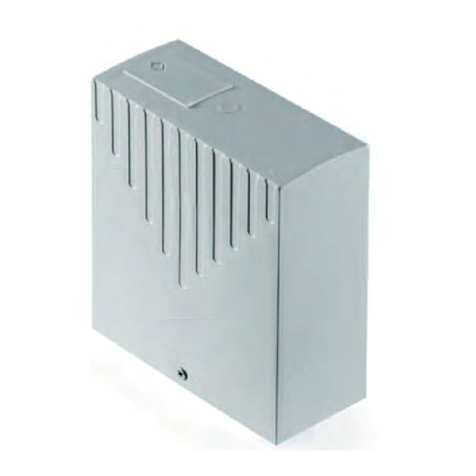
Comunello Automation
Comunello Automation MOWIN instruction manual
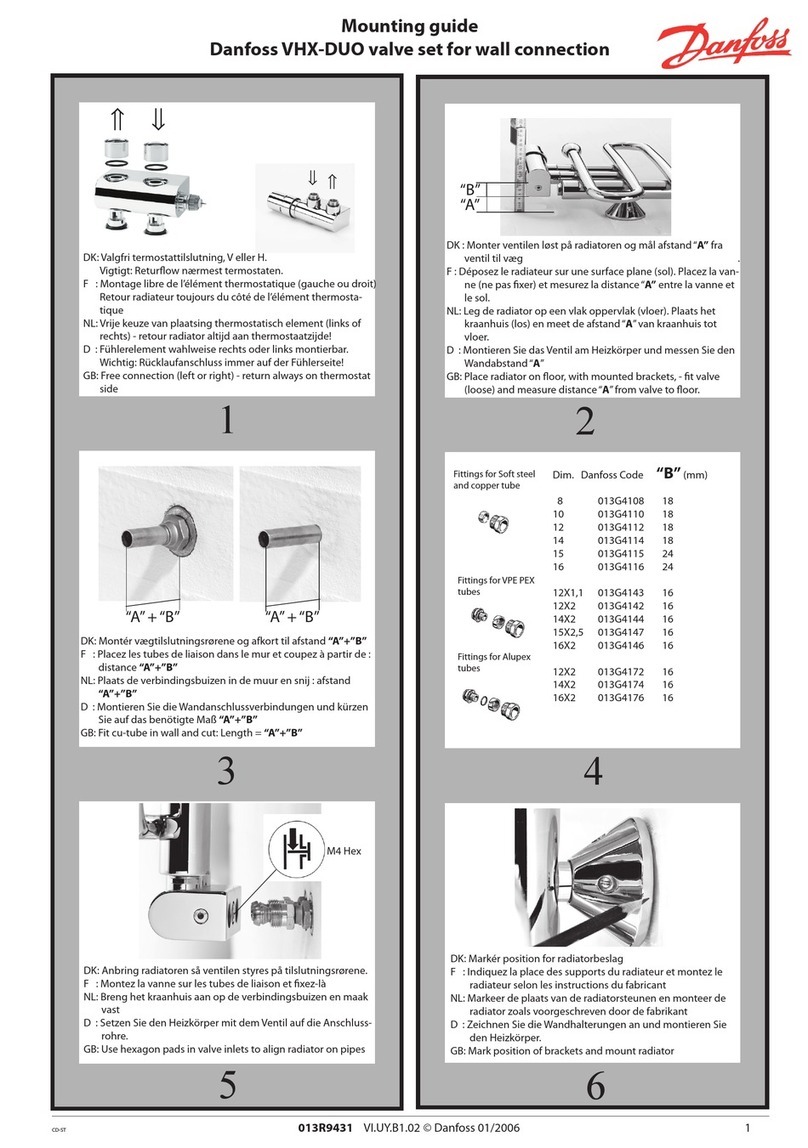
Danfoss
Danfoss VHX-DUO Mounting guide
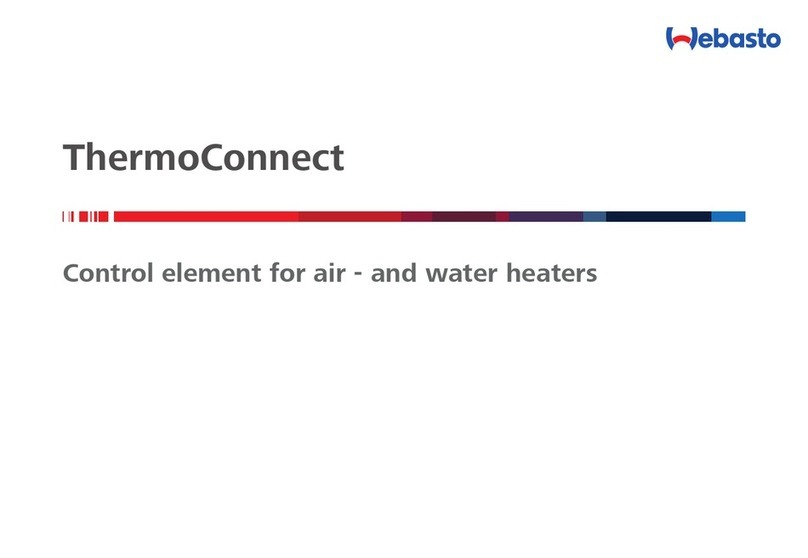
Webasto
Webasto ThermoConnect Operating and installation instructions
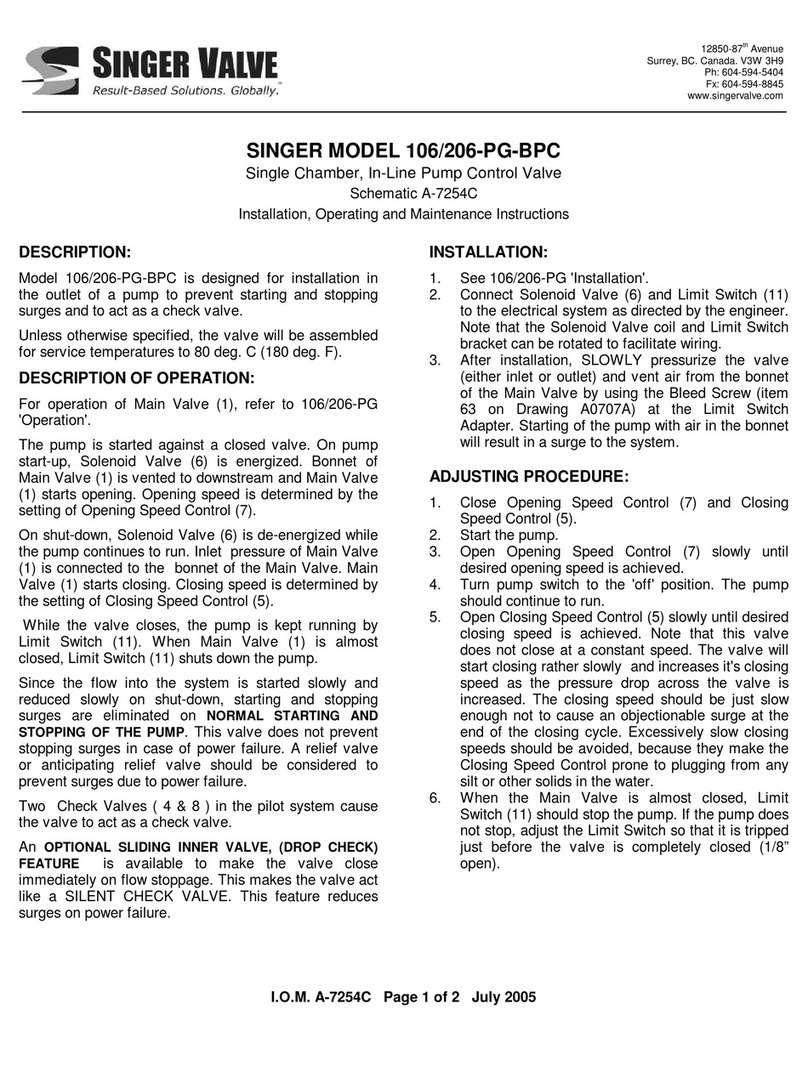
Singer Valve
Singer Valve 106-PG-BPC Installation, operating and maintenance instructions
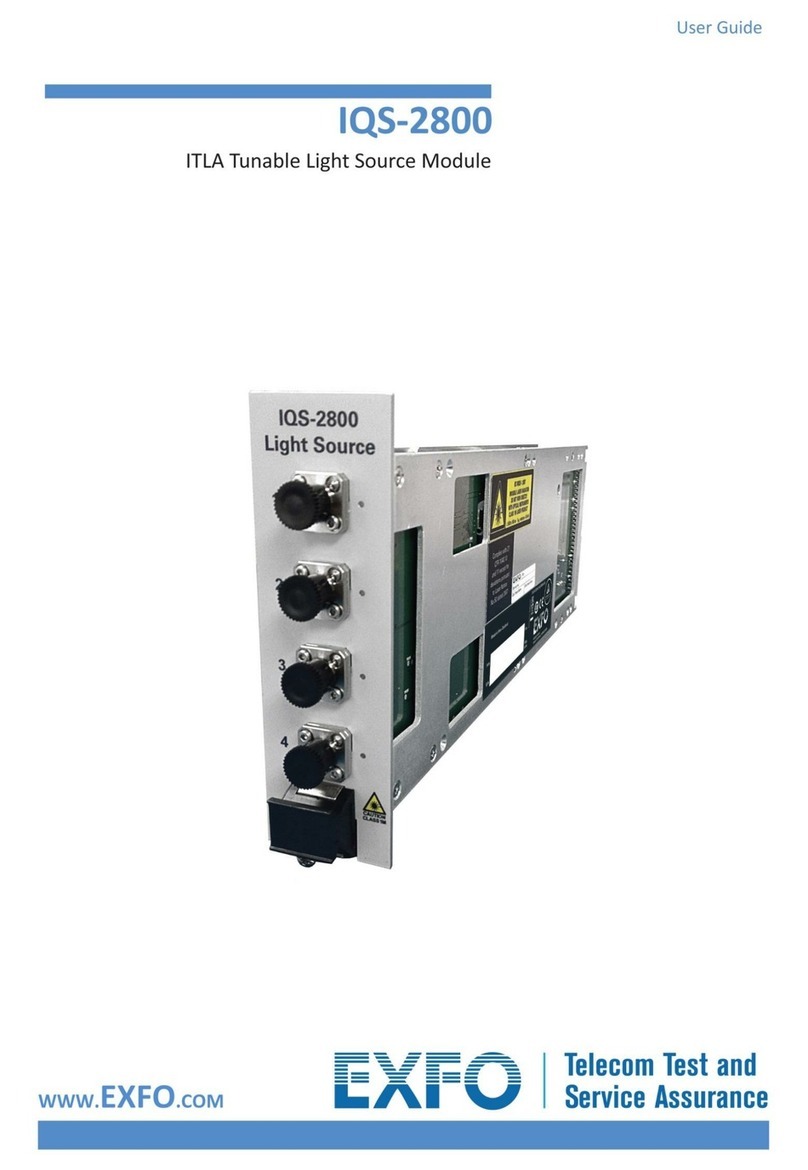
EXFO
EXFO IQS-2800 user guide
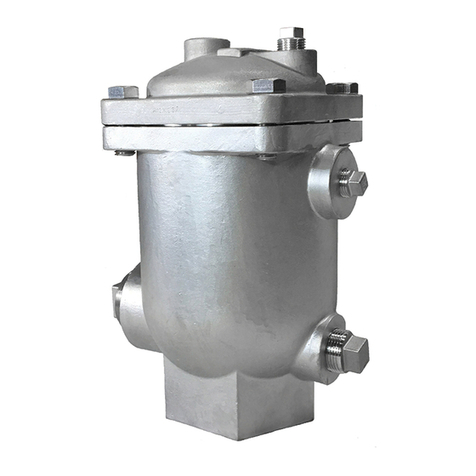
Vag
Vag GA INDYSTRIES FIGURE 929SS Installation, operation and maintenance manual
